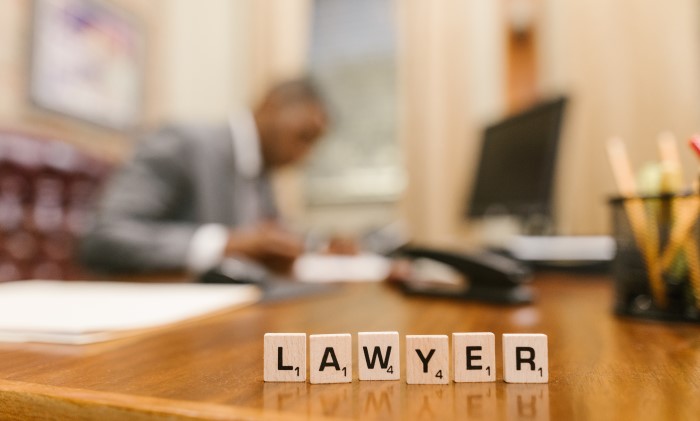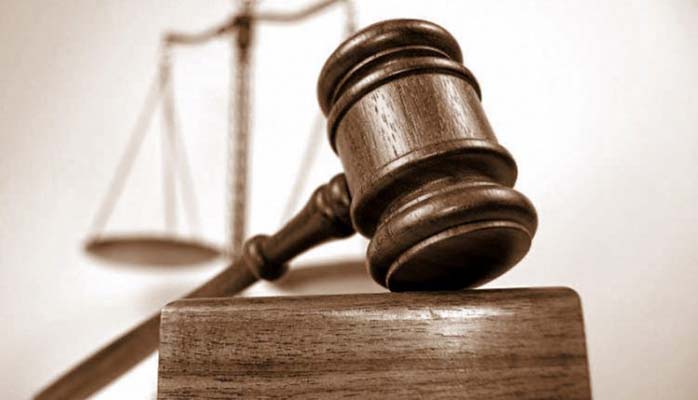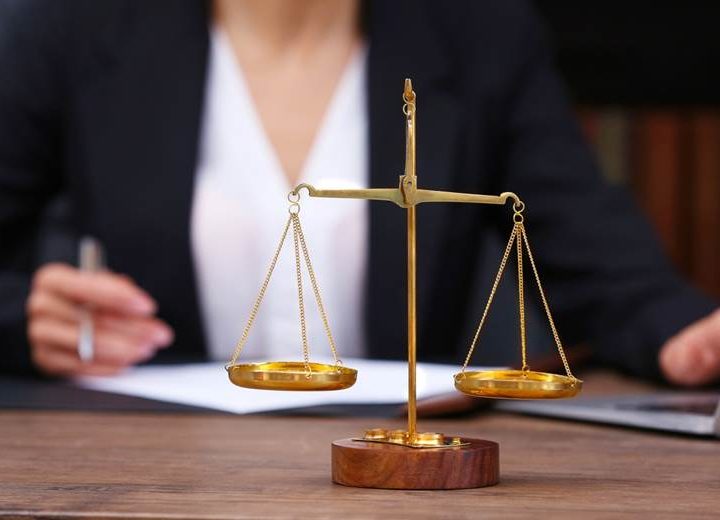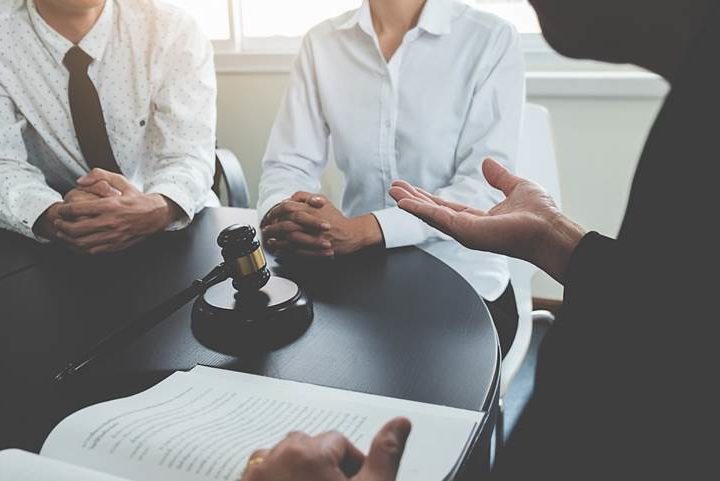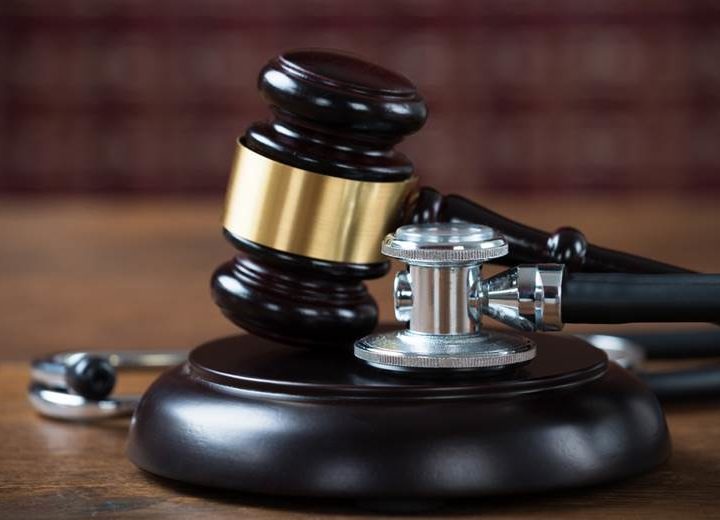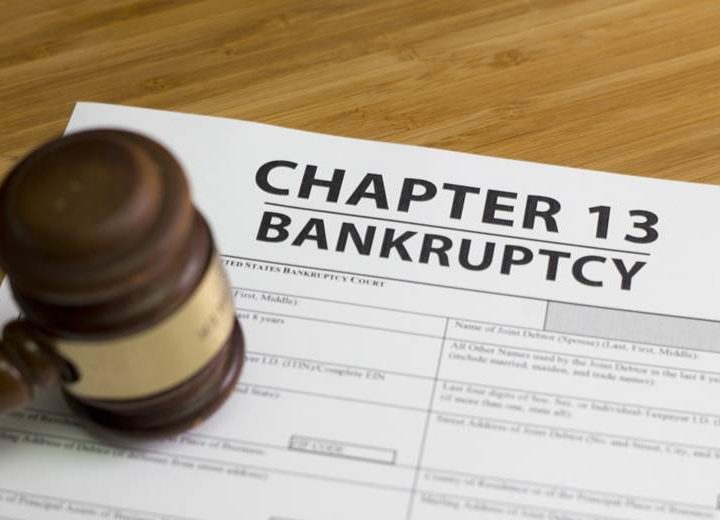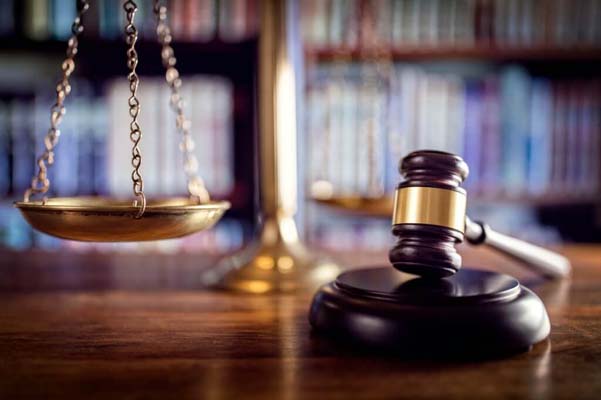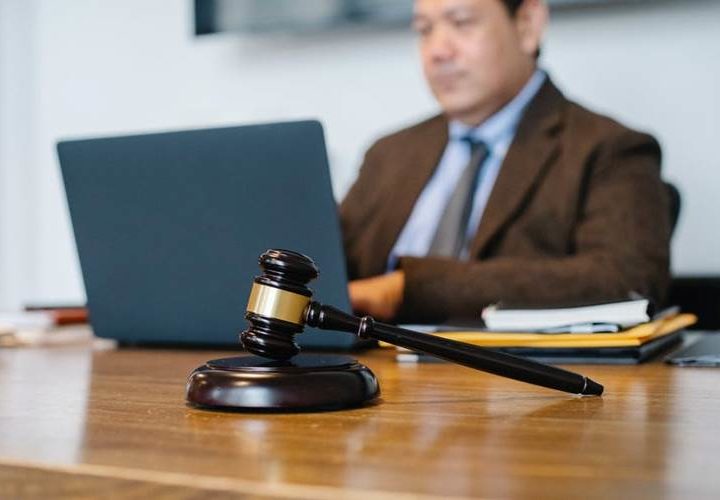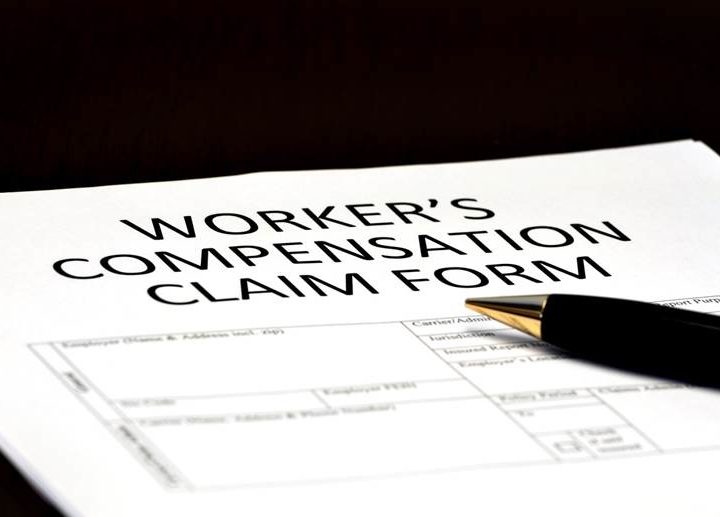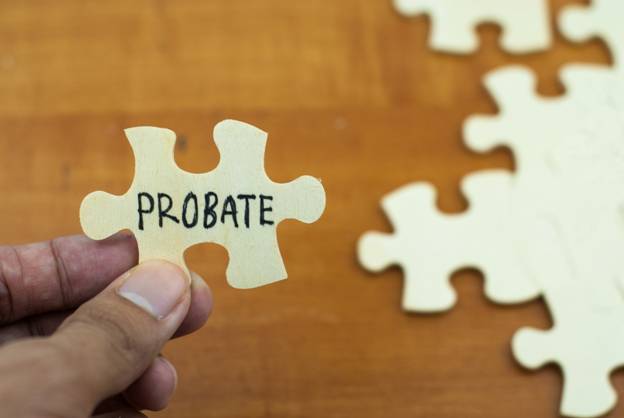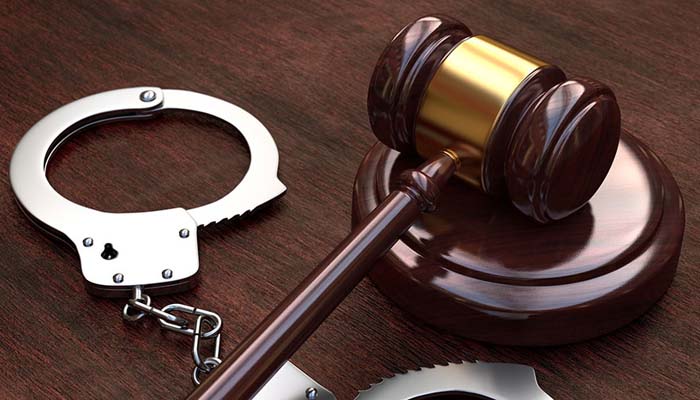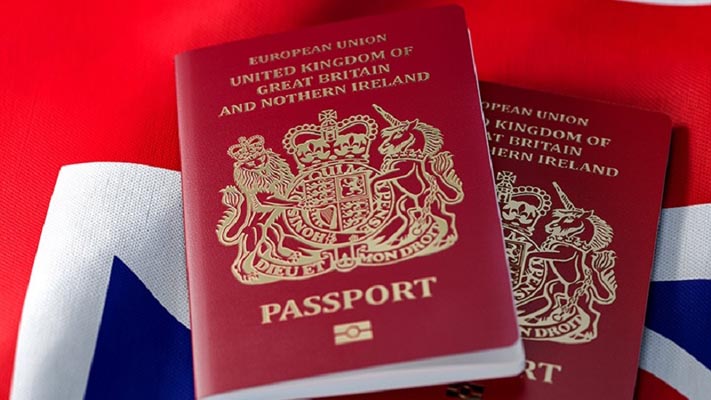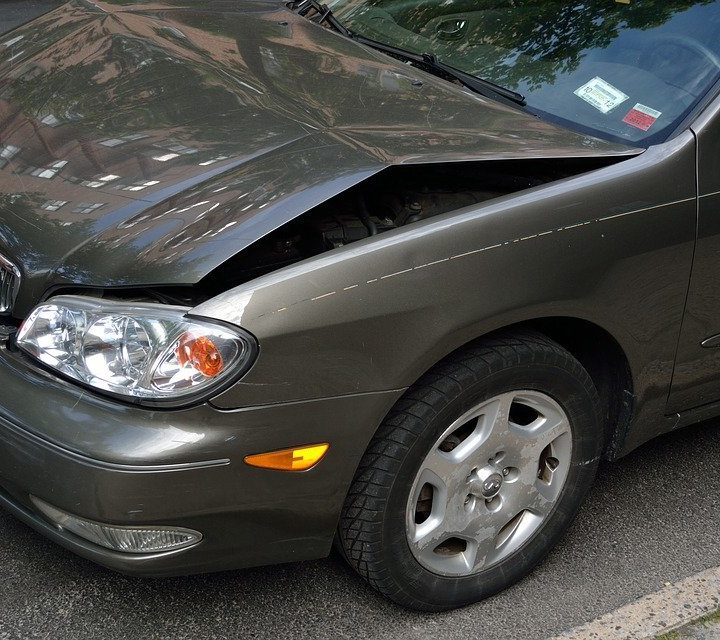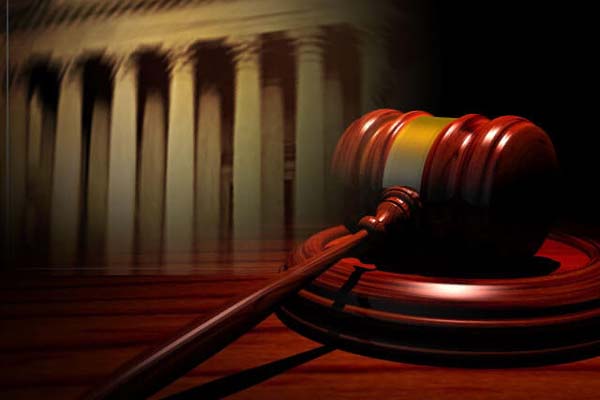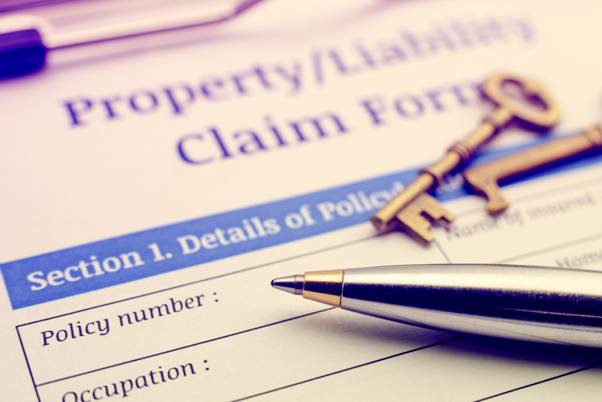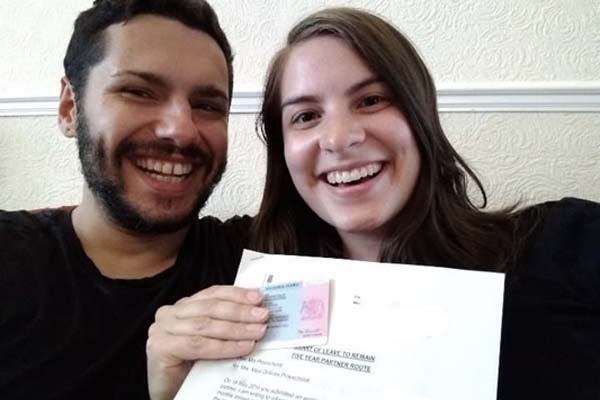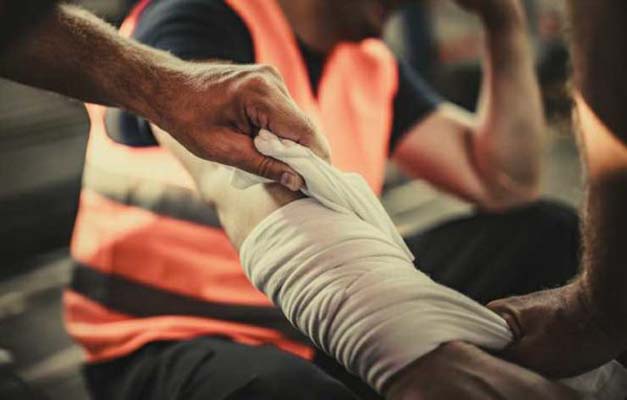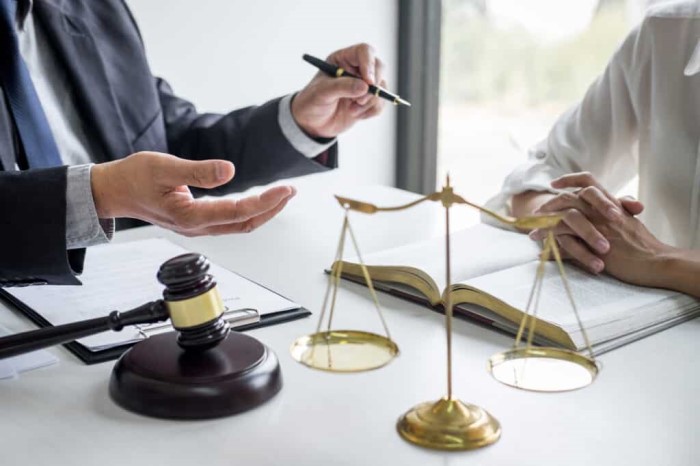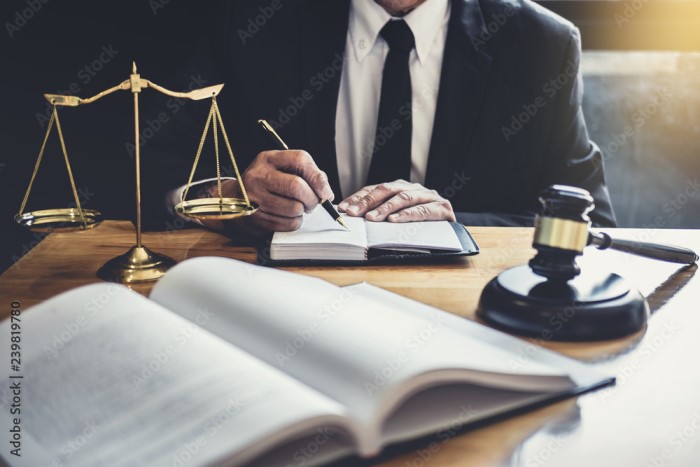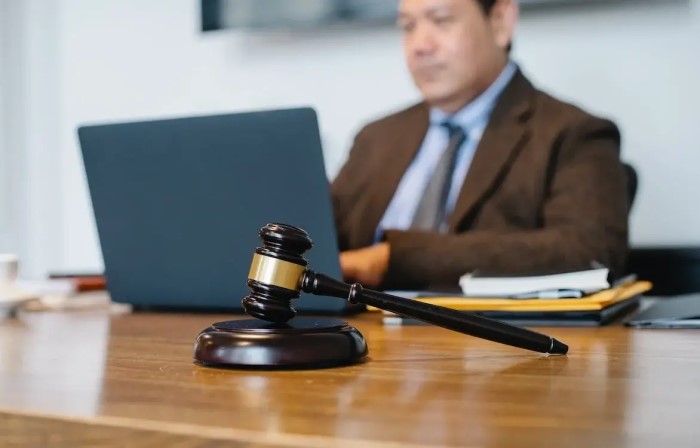Personal injury law covers any harm done to an individual caused by another party, including physical and emotional harm. It allows for victims of an injury to obtain compensation for their losses via a legal process. Personal injury lawsuits are typically managed by experienced personal injury attorneys.
Legal Basics of Personal Injury Law
Personal injury law is the legal system for cases involving harm caused to an individual by another person or entity. This legal system generally falls into three categories: negligence, intentional wrongs, and strict liability. Negligence is the most commonly used theory of liability in personal injury cases, with nearly half of all personal injury suits being filed based on negligence. Negligence occurs when another party breaches a duty of care that they owed to the victim, resulting in damages. Intent torts occur when the defendant purposely and willingly harms the plaintiff, while strict liability claims are based on a manufacturer’s responsibility to produce safe products.
The process of bringing a personal injury lawsuit to court involves establishing that four elements are present: duty of care, breach duty, causation, and damages. The defendant must owe the victim a duty, breach that duty through an act of negligence or willful behavior or releasing a defective product, and that breach must directly cause the damages that were suffered. Additionally, evidence requires showing actual damages from any medical bills and lost wages along with potential non-economic losses like pain, suffering, or emotional distress.
In balancing both sides of this issue, it must be understood that there can be cases in which both parties are to blame for causing harm. Also known as comparative fault, this type of approach assesses a percentage of liability to each party involved in an accident; thus, two parties may share fault as opposed to one party being solely responsible.
When navigating the complexities of personal injury law, it pays to have an understanding of legal basics such as these. Knowing your rights and options can prove invaluable in seeking justice after your experience with injuries due to another’s actions or negligence. With this foundational knowledge at hand, we can now move on to exploring different types of personal injuries and how they are addressed by the law.
Types of Personal Injuries
Personal injury law covers a variety of incidents that can cause physical, emotional, or financial harm to an individual. Physical traumatic injuries can occur through various circumstances such as slip-and-fall accidents and vehicular collisions, while psychological trauma may result from harassment and discrimination. To obtain legal compensation for damages, it is important to produce evidence that points towards liability with the responsible party. Understanding one’s legal rights and how personal injury law works is essential in seeking justice when incurring a loss due to an incident beyond an individual’s control.
Parties Involved in a Personal Injury Case
When it comes to pursuing a personal injury case, many parties can become involved. On one side of the argument, the injured person or their family is at the fore. Depending on the circumstances, a lawyer may be hired to represent them and help them build their case. Additionally, those that were responsible for the injury in some way could face potential legal action either through the form of civil or criminal courts.
On the other side, those accused of wrongdoing are typically represented by an attorney who will assist them in mounting a defense against any legal claims. If filing a suit is necessary, they will also guide that process as well.
The court system can become heavily involved with personal injury cases depending on the situation. These cases are heard and decided by panels of judges and employee jury members who evaluate all available evidence and decide if a crime has been committed or if liability should be assigned to one party or another. They take into account the testimonies and statements presented by both sides before arriving at an opinion.
When there’s a question of whether aid is owed to those affected, these parties must work together to come to an agreeable settlement amount or outcome outside of court to avoid pricey trial costs and lengthy delays in resolution.
In dealing with personal injuries, it’s important to understand that many people can have a vested interest in seeing justice served in such matters. Now that you are familiar with the types of personal injuries and the individuals and entities associated with a case, you can begin looking into filing suit for personal injury lawsuits.
Filing Suit for Personal Injury Lawsuits
Filing suit for personal injury lawsuits can be a complicated process with significant legal considerations and complex procedures. Depending on the state’s laws, statutes of limitations, and the nature of the case, it may be beneficial or necessary to enlist the help of an experienced and knowledgeable attorney. After filing a claim, if both sides are unable to reach a settlement agreement out-of-court, a lawsuit is typically filed in the appropriate court.
At this stage in a legal proceeding, more evidence is likely collected by both parties involved. In preparing for possible litigation and protecting their rights, plaintiffs will take steps to strengthen their case and bolster their chances of winning in court. Thus, written statements from eyewitnesses, copies of any pertinent documents, photographs of the accident site, and pictures showing injuries are some pieces of evidence that could be used. It’s important to note that most states require pre-litigation mediation or the plaintiff may face dismissal regardless of the merits of their case.
As parties bring together all relevant evidence, they may start to realize the benefit of coming up with out-of-court solutions instead. A skilled negotiator may then help draft an agreeable resolution with no trial needed — all while adhering to applicable laws regulating personal injury cases. This type of negotiation takes great perseverance because both sides must eventually come to a compromise for a settlement agreement to take place.
Before moving on to addressing liability and negligence issues in personal injury cases next, it’s understandable if people feel overwhelmed when first engaging in personal injury law proceedings; however, many can gain valuable knowledge by researching and studying such cases or consulting an experienced attorney who can guide them through the process every step of the way.
What are the Legal Rights of a Personal Injury Victim?
The legal rights of a personal injury victim are significant. On one hand, some individuals may have a claim for damages related to the injury if proof of fault or negligence can be shown. Contrarily, others may have a claim against the defendant even in the absence of fault or negligence based on a different line of reasoning.
For example, under certain circumstances, depending on state law, an injured party may have a valid claim for damages due to comparative negligence. Under comparative fault rules, regardless of who is primarily at fault in causing an accident, it may still be possible for an injured party to pursue compensation if they are partially responsible as well. This is why it is important to understand the legal landscape surrounding personal injury cases and to get the help of an experienced attorney when preparing and filing a lawsuit.
Additionally, existing case law can vary by jurisdiction; it is up to the injured party to learn their state’s particular legal system to maximize their chances of recovering financial losses associated with their particular situation. Having this knowledge will ensure that all avenues relating to rights and claims are properly explored as proceedings develop.
Now is the time for an injured party to start planning their path toward recouping any damages sustained from a personal injury. It may be necessary for an experienced attorney to assess available evidence and review pertinent documents to lay out potential options for recovery. Understanding potential limitations on these rights and possible methods of recourse is critical in obtaining optimum restitution.
Recouping Compensation for Damages
When it comes to recouping compensation for damages in a personal injury situation, there are both parties at risk. Depending on the severity of the injury and the amount of negligence or blame attributed to each party, one may be liable to provide either financial or non-material damages. It is important to consider that if a person can prove through physical or psychological evidence that an opposing party acted negligently, they may be able to receive award money from a jury trial or settlement agreement.
Evidence such as medical bills, photos/video footage of the incident, police reports, and witness testimonies can all play a role in determining the amount or type of compensation awarded. This information can help establish what caused the accident and who was responsible, which are two main components necessary when pursuing a claim. In addition, those claiming long-term physical or mental effects may benefit from obtaining professional assessments that measure current levels of health and wellness. These records also provide an accurate timeline that documents an individual’s journey from before the accident to present-day conditions.
However, bringing an injury case to court does not always mean receiving a successful outcome. If fault for an accident cannot be proven or if proper evidence isn’t presented then chances for recouping compensation drastically reduce. Situations, where both parties are equally at fault for an incident, can also make the process lengthier and more complex, as payments will have to be split accordingly among any involved parties.
Recouping fair compensation following an injury can be an arduous journey and understanding all aspects of personal injury law is key. Pursuing justice within the criminal justice system is often necessary and has its own unique set of steps that must be followed to ensure individuals’ rights are protected in court proceedings, especially during negotiations with opposing counsels and insurance companies.
Working Within the Criminal Justice System
Ultimately, understanding what kind of legal avenue (criminal or civil) you want to pursue is necessary for ensuring the best possible outcome for your situation – preferably with just compensation for damages incurred through no fault of your own and having any perpetrators held likely accountable under the applicable law(s).


